PRP Skin rejuvenation & Hair loss
PRP & CELL THERAPY SPECIALIST
Regenlab PRP
Leukocyte-reduced Platelet-Rich Plasma harvesting
Platelet-Rich Plasma, an isolate of the patient’s own blood, has proven to have a range of therapeutic skincare benefits, both alone, and to optimise the clinical outcomes of other treatments such as laser, RF micro needling or fat grafting. Platelet-rich plasma has a high concentration of growth factors, which enables it to support the bodies self-healing process. Regen Lab Kits are Medical Devices for therapeutic use, not simply blood collection tubes. The process is fully automated, and provides a high recovery (80%) of fully functional platelets, with an extremely low level of undesirable cellular contaminants.
RegenLab system-the advanced PRP system
PRP treatment involves extracting a small amount of your blood, processing it to concentrate the platelets, and then injecting this platelet-rich plasma into your skin or scalp. The high concentration of growth factors in the plasma is believed to stimulate healing and regrowth.
Regen Lab uses a unique technology called thixotropic separating gel. The gel is biologically inert and specifically designed for platelet and plasma isolation from blood cells. During centrifugation the gel becomes less viscous, detaching from the glass walls and migrating in a whole mass over the denser blood elements. At the end of the centrifugation the gel regains its solid state and forms a solid barrier between blood components.
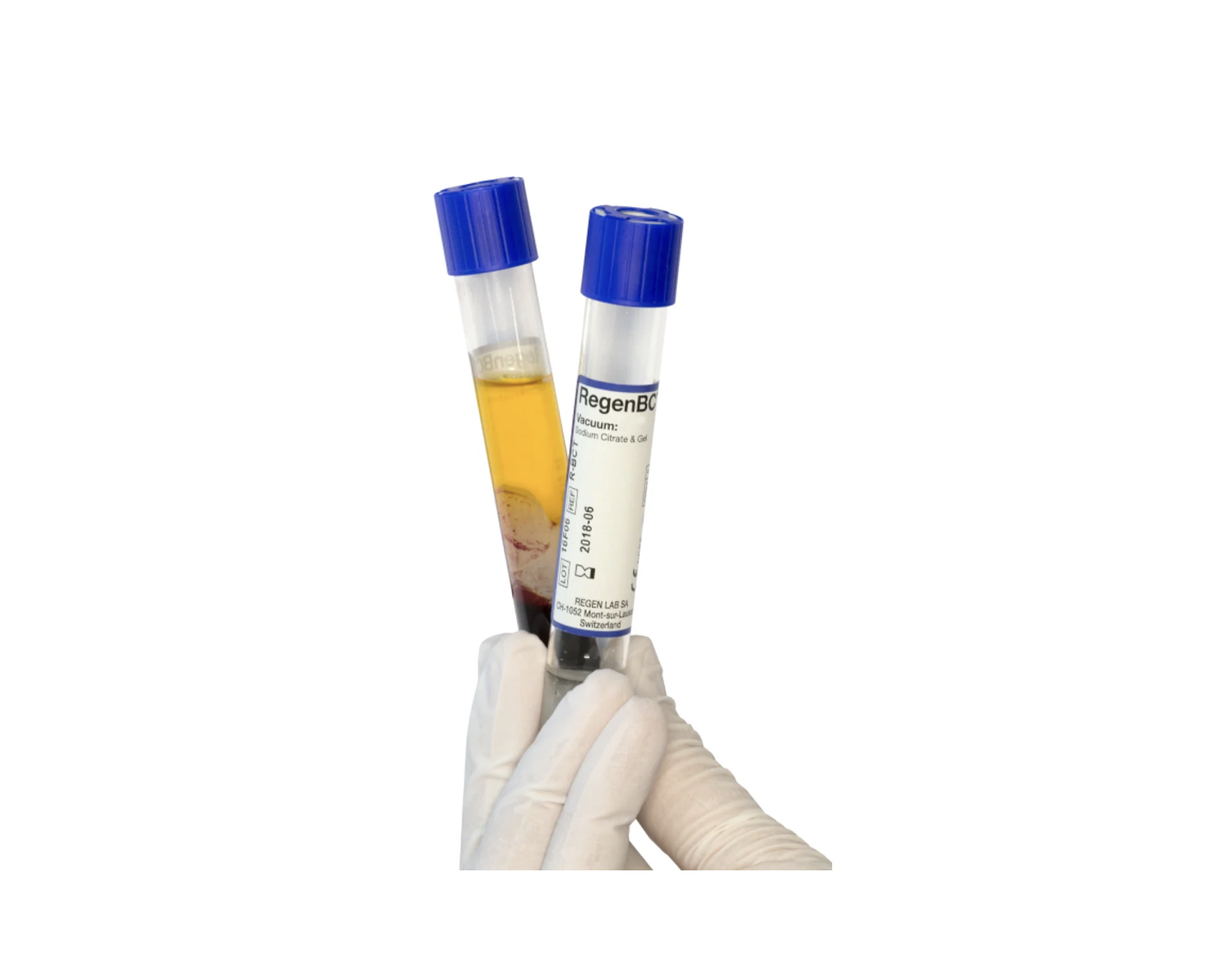
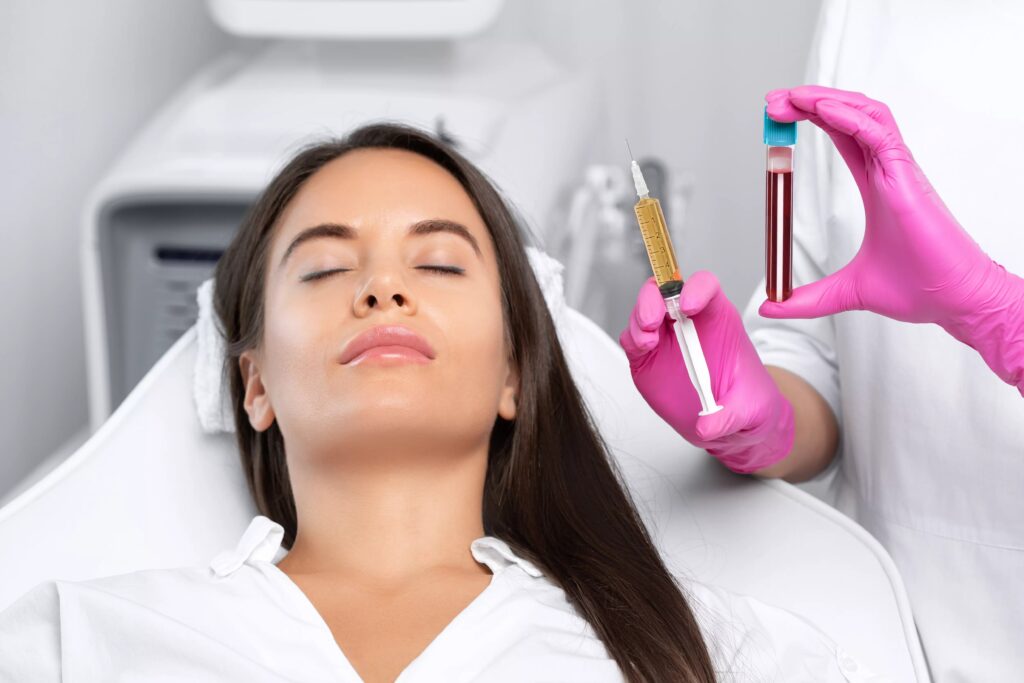
What does PRP treat?
• Wrinkles
• Post laser
• Scars
• Hair and scalp
• Stretch marks
• Dark circles
WHAT MAKES REGENLAB KITS DIFFERENT?
• Quality, safety and efficiency
• Fully automated process, simple and easy procedure
• Blood component separation at the cellular level
• High recovery (80%) of fully functional platelets
• Extremely low level of undesirable cellular contaminants
• Regen Lab devices are Medical Devices for therapeutic use, and not simply blood collection tubes.
• Platelets and plasma remain over the separator gel in the upper part of the device with a few mononuclear white blood cells. The rest of the buffy coat is trapped below the separator gel with the red blood cells in the lower part of the device.
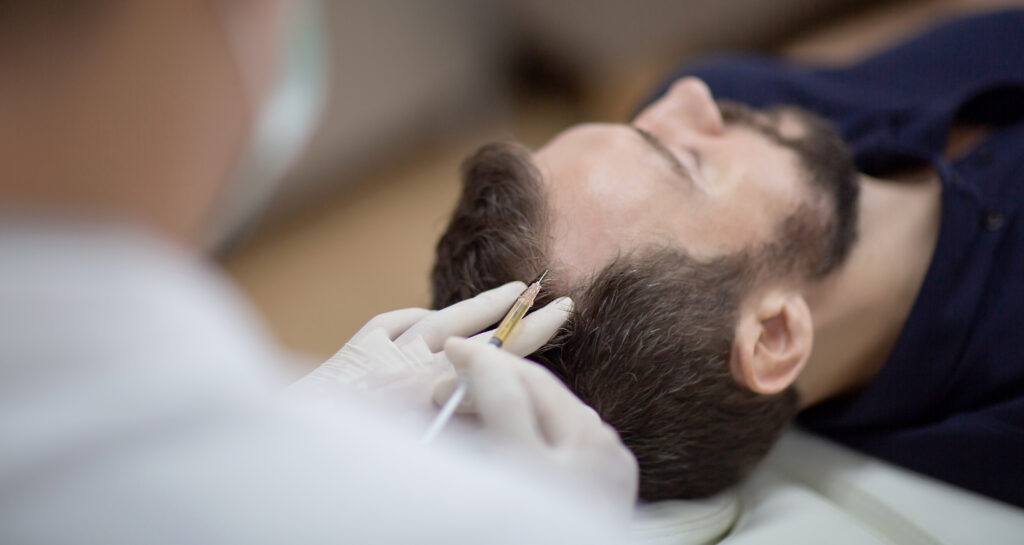
How dose PRP help with hair loss?
PRP Therapy is especially effective for treating androgenetic alopecia (male and female pattern baldness), which is the most common type of hair loss. The concentrated growth factors in PRP:
- Reactivate dormant hair follicles
- Increase hair density
Improve scalp health - Encourage new hair growth
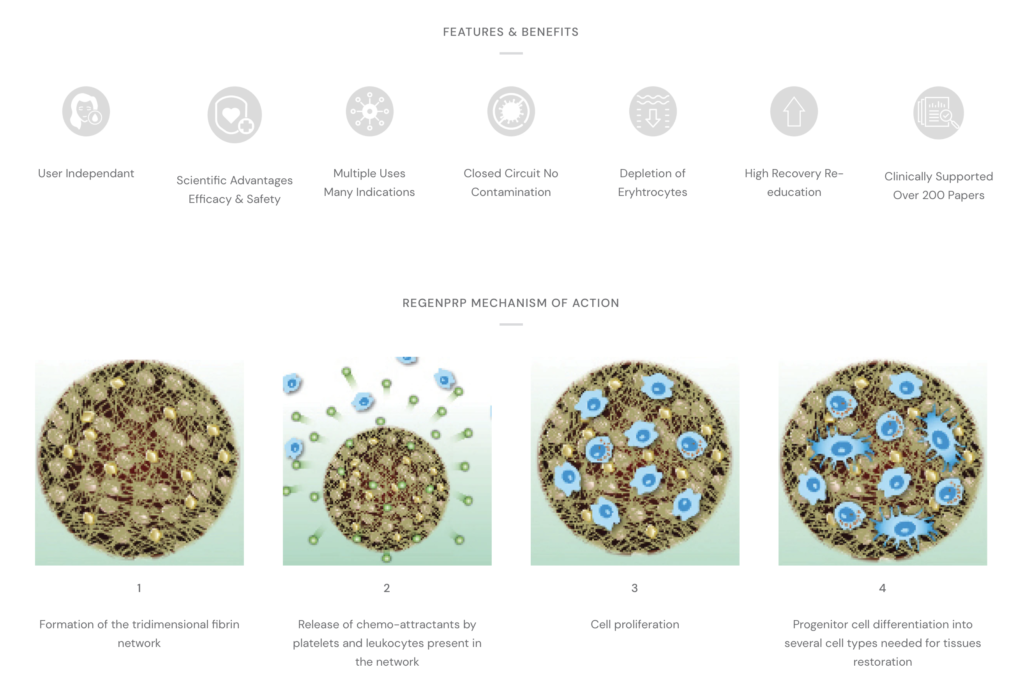
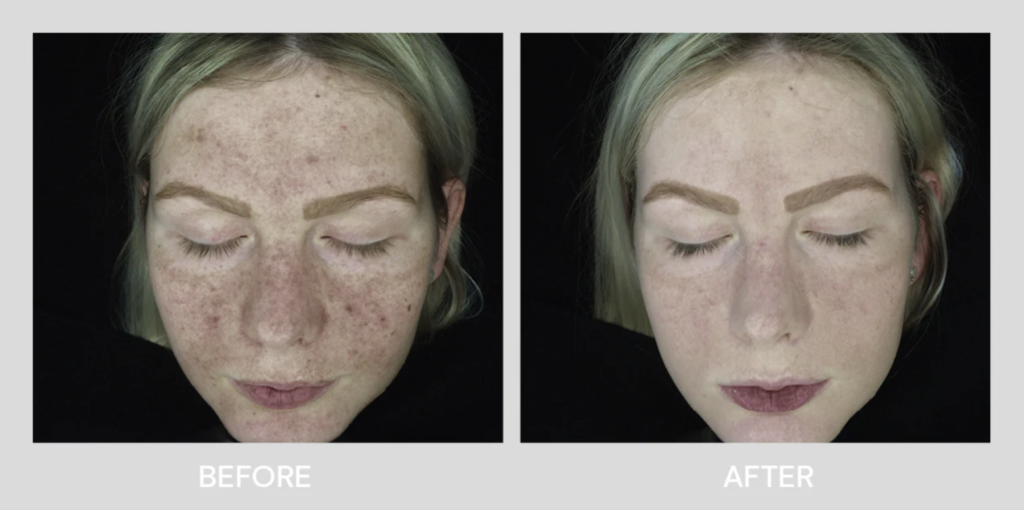
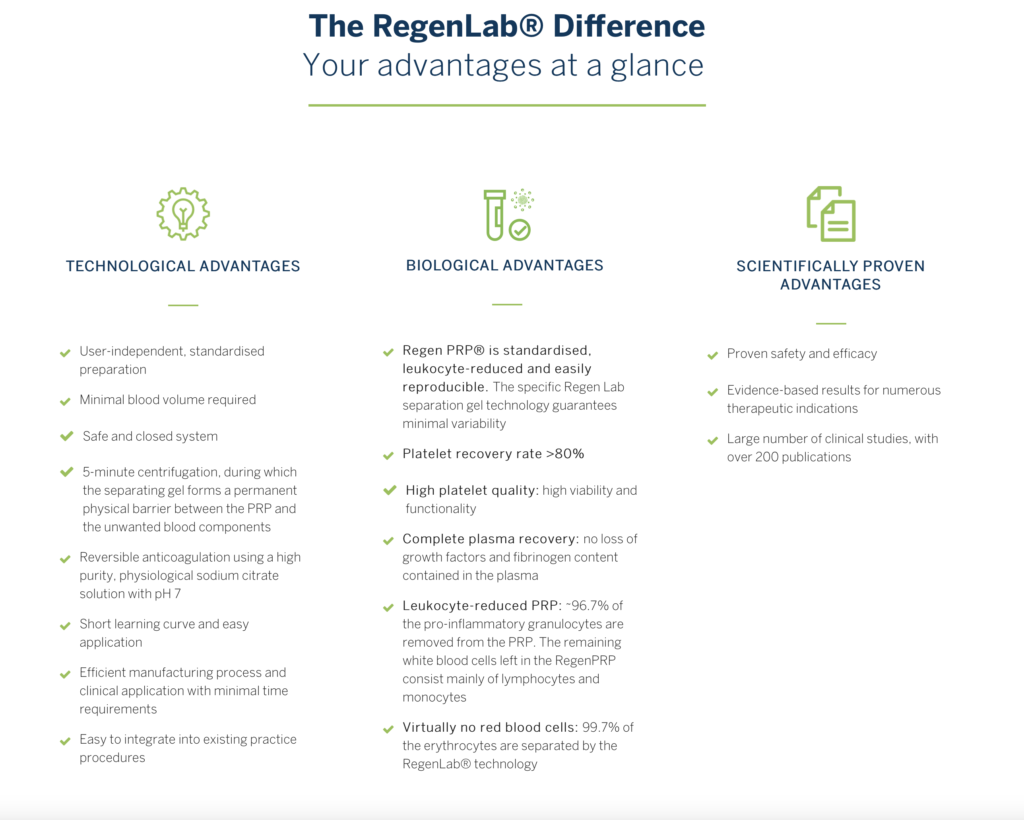
FAQs
PRP treatment involves extracting a small amount of your blood, processing it to concentrate the platelets, and then injecting this platelet-rich plasma into your skin or scalp. The high concentration of growth factors in the plasma is believed to stimulate healing and regrowth.
For skin, PRP is thought to promote collagen production and regenerate tissue, making skin smoother and firmer. It’s often used to treat wrinkles, scars, and sun damage.
When used for hair loss, PRP injections are believed to stimulate dormant hair follicles, encouraging them to grow again. It’s commonly used for conditions like androgenetic alopecia (pattern baldness).
The procedure generally involves drawing blood, spinning it in a centrifuge to extract the plasma, and then injecting it into the treatment area. It usually takes about an hour and might require multiple sessions.
Some discomfort is possible during the injection, but topical anesthetics can be used to minimize pain. The discomfort level often depends on the treatment area and individual pain tolerance.
Results vary depending on the individual and the treatment area, but typically, it may take several weeks to months to see visible improvements.
PRP is generally considered safe because it uses your own blood, reducing the risk of allergic reactions or infections. However, it’s crucial to have these treatments done by a qualified healthcare professional in a sterile environment.
For more detailed information, including pricing and specific treatment plans, it is best to consult directly with a licensed practitioner who can provide a tailored assessment based on individual skin conditions and aesthetic goals.

